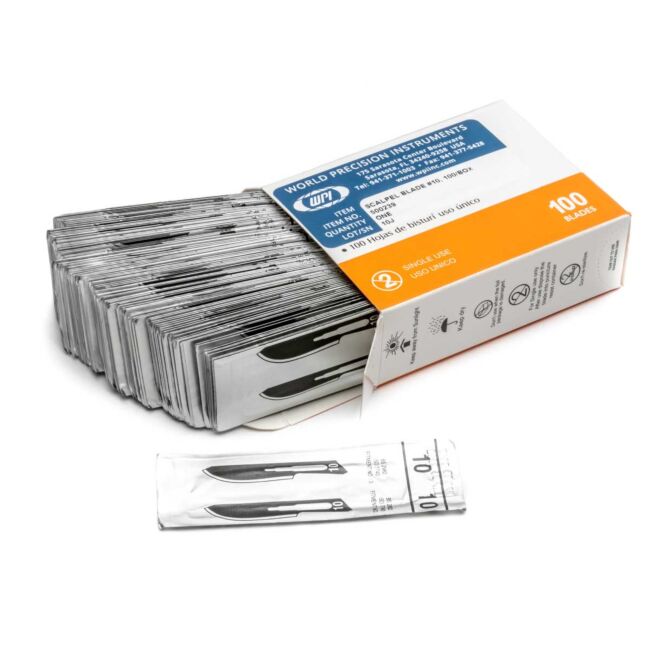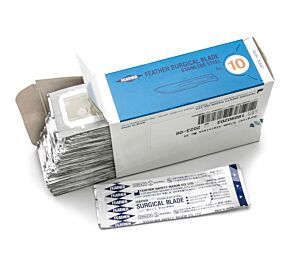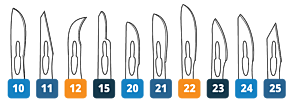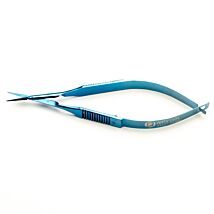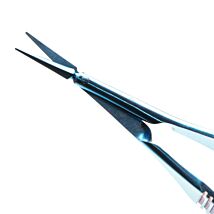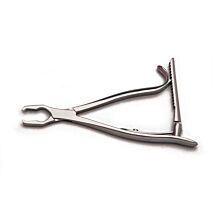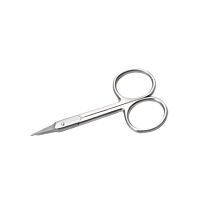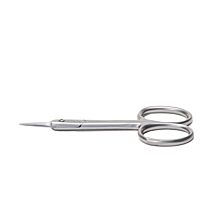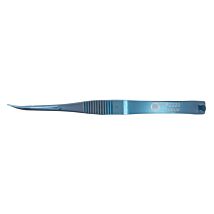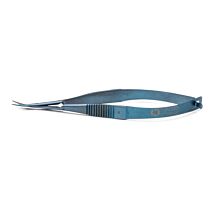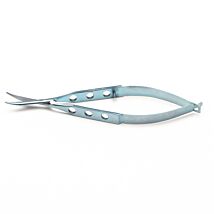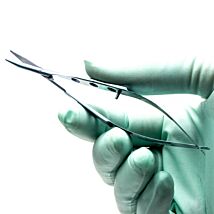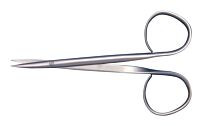This website uses cookies to ensure you get the best experience on our website.
Read more
Standard Blades
As low as
$53.00
Only %1 left
Prices valid in USA, Canada, and PR only.
Order code

Prices valid in USA, Canada, and PR only.
Surgical blades are made of hardened and tempered steel or carbon steel. This kind of material is crucial in order to achieve a the high degree of sharpness required for a perfect first tissue incision. Other choices for surgical blades include titanium, ceramic, diamond and obsidian. Each box contains 100 sterile and stainless steel blades, and they are individually wrapped.
Prices valid in USA, Canada, and PR only.
Disposable blades for a clean cut every time
Features
- 100 per box
- Stainless steel
- Individually wrapped and sterile
Surgical quality. Exceptionally strong and uniformly sharp. 100 per box. One popular blade is the #15 Scalpel Blade (Order # 54172).
| Blade | Feather Blades | Standard Blades | Description | |
| #10 | 504169 | 500239 | #10 Standard Blades for Handles #3 or #7 | |
| #11 | 504170 | 500240 | #11 Standard Blades for Handles #3 or #7 | |
| #12 | 504171 | 500241 | ||
| #15 | 504172 | 500242 | #15 Standard Blades for Handles #3 or #7 | |
| #20 | 504173 | 500243 | #20 Standard Blades for Handle #4 | |
| #21 | 504174 | 500244 | #21 Standard Blades for Handle #4 | |
| #22 | 504175 | 500245 | #22 Standard Blades for Handle #4 | |
| #23 | 504176 | 500246 | #23 Standard Blades for Handle #4 | |
| #24 | 504177 | 500247 | #24 Standard Blades for Handle #4 | |
| #25 | 504178 | 500248 | #25 Standard Blades for Handle #4 | |
When you choose the blades for your application, consider the following:
- What kind of procedure you are doing?
- What material you will be cutting?
- What shape of blade is required?
- Will you need a single use or a reusable blade?
- Will the spine of the blade (unsharpened edge) affect your application?
- What shape of the slot in the blade (for replaceable blades) do you need for your handle?
- Should the edge of the blade be open edge (surgically ground on both sides but finished on just one side) or closed edge (finished on and sharpened on both sides)?
Why are all surgical blades numbered?
Charles Russell Brand and Morgan Parker invented the 2 two piece (blade-handle) scalpel, and they assigned numbers 10-20 to blades and the numbers 1-9 to the handles. With small variations, their numbering system is still in place today. The number of the blade indicates the blade size and shape. Surgical blade handles are also known as BP handles after Brand & Parker.
Popular surgical blades
The most popular, traditional blade is the #10. It has a large cutting edge that's curved. It is used for large tissue incision.

The #11 blade has a pointed sharp tip that is used for stabbing or making short incisions, giving a precise, shallow cut. The blade is an elongated triangular blade with the hypotenuse as the sharp edge.
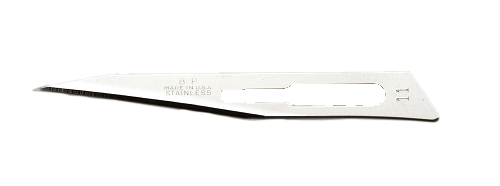
The #12 blade has an inside, very pointed crescent shaped curvature that’s extremely sharp. For the most part, it is used to cut sutures.
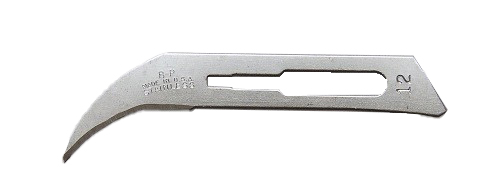
The #15 blade has a curved cutting edge, and it is best used for making small incisions.
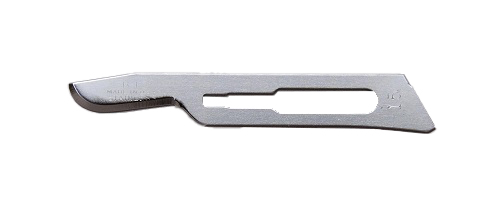
The #20 blade is larger, and it is used for punctures or making cuts. It has a large, curved edge.
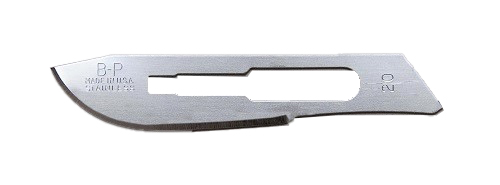
The #21 blade looks very similare to the #20 blade, but it is a bit longer. The blade is curved, and it is used for cutting tissue or puncturing the skin.
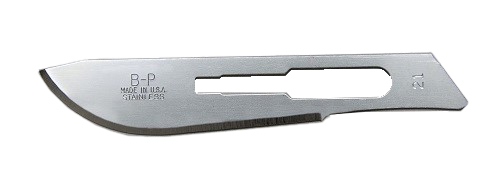
The #22 blade is similar to the #10 blade. It is used for making larger incisions through thicker skin. The blade has a curved cutting edge, and the back edge is unsharpened.

The #23 blade is a larger version of the #21 blade. Its tip has a sharper point, and it is used for cutting tissue and puncturing skin.
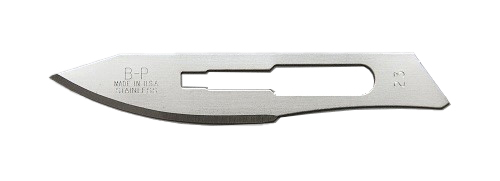
| SKU | VAR-500239 |
|---|


